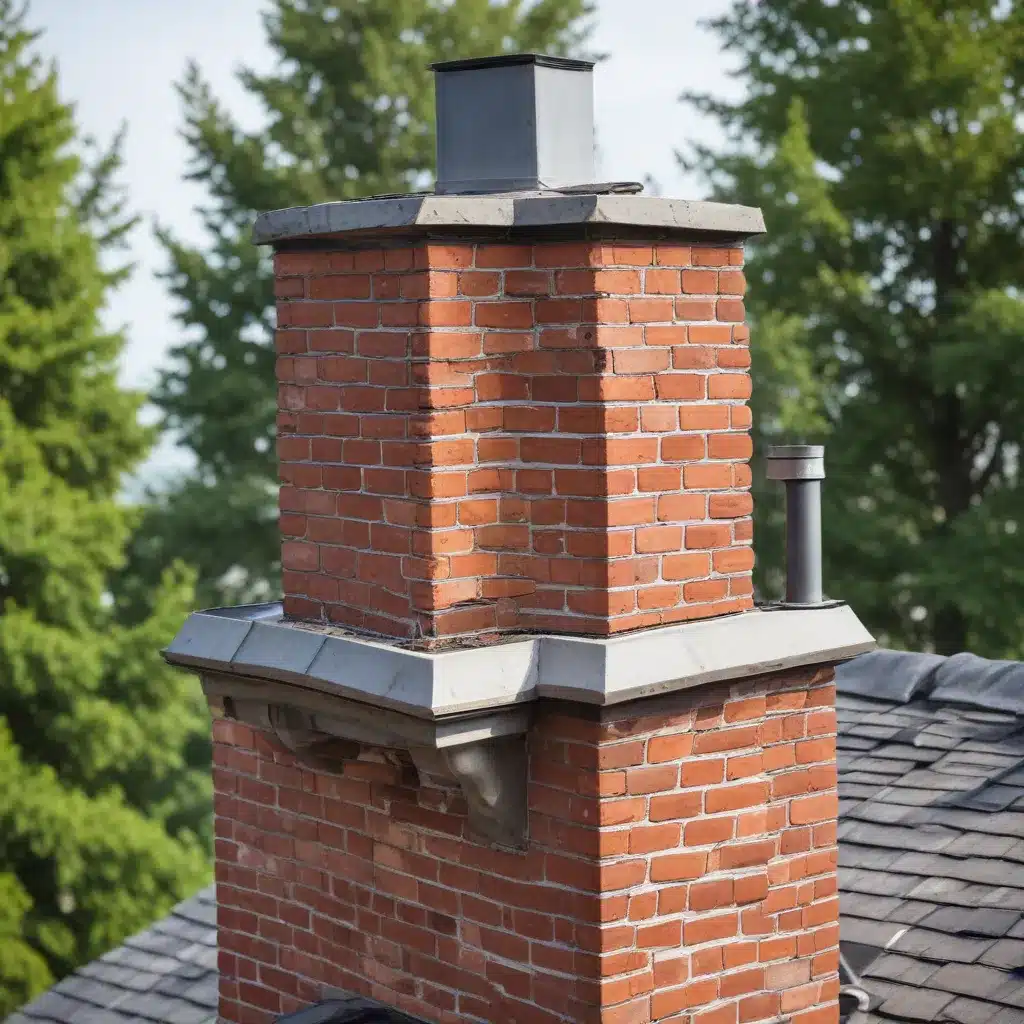
The Importance of Chimney Maintenance
Maintaining your chimney and fireplace is a critical aspect of home ownership that often gets overlooked. Neglecting chimney maintenance can lead to hazardous consequences, compromising your safety and comfort. Creosote buildup, structural damage, and blocked flues are just a few examples of potential issues that can arise. However, proactively addressing these concerns during the summer can mitigate risks and save you from expensive repairs down the line.
Identifying and Addressing Chimney Hazards
Soot and creosote buildup within the chimney flue pose a serious fire hazard. As wood burns, it leaves behind a fine black powder called soot, which can coat the inside of the chimney and restrict airflow. Creosote, a sticky and highly flammable substance, forms from incomplete combustion and adheres to the chimney walls. If ignited, these deposits can cause a chimney fire that can quickly spread to the rest of your home.
Obstructions in the chimney, such as bird nests, fallen leaves, or broken masonry, can also prevent proper ventilation. This can lead to the accumulation of dangerous gases like carbon monoxide, which can seep into your living spaces and pose a severe health risk to you and your family.
Preparing Your Chimney for the Colder Months
The summer months provide the perfect opportunity to inspect and clean your chimney, ensuring it is ready for the increased usage during the winter. By taking these proactive steps, you can avoid the hassle and expense of dealing with chimney-related problems when the temperatures drop.
Inspecting the Chimney
Start by conducting a thorough visual inspection of the chimney, both from the inside and the outside. Use a flashlight to examine the interior for any signs of creosote buildup, soot, or potential blockages. Check the chimney liner for cracks or damage, which can compromise the structural integrity and pose safety risks.
Cleaning the Chimney
Once you’ve identified any issues, it’s time to tackle the cleaning process. Begin by removing ashes and debris from the fireplace itself using a broom and dustpan. For the chimney flue, you’ll need a specialized chimney brush to scrub away soot and creosote deposits. An ash vacuum can be helpful in removing any remaining residue.
Don’t forget to clean other critical areas, such as the stacked stones around the hearth, which can also accumulate soot over time. Regular maintenance of these components is crucial for maintaining a safe and efficient fireplace.
Addressing Potential Repairs
If your inspection reveals any structural issues, such as cracks in the chimney liner or damage to the masonry, it’s essential to address them promptly. Neglecting these problems can lead to further deterioration and potentially hazardous situations. Consider contacting a professional chimney sweep or mason to ensure the necessary repairs are carried out correctly.
Ongoing Chimney Maintenance
Keeping your chimney and fireplace in top condition requires more than just an annual spring cleaning. Adopt a proactive approach to maintenance throughout the year to ensure its continued safety and efficiency.
Regular Cleaning and Inspections
In addition to the comprehensive spring cleaning, plan to have your chimney inspected and cleaned at least once a year, preferably before the start of the heating season. This will help identify and address any issues before they become major problems.
Preventing Blockages
Install a chimney cap to keep out debris, animals, and other obstructions that could clog the flue. Additionally, be diligent about cleaning your gutters and ensuring that water damage does not affect the structural integrity of the chimney.
Fuel Selection and Efficiency
The type of fuel you use in your fireplace can also impact the buildup of creosote and soot. Opt for well-seasoned hardwood, which burns cleaner and produces less creosote than softer woods or wet firewood.
By incorporating these maintenance practices into your routine, you can ensure your chimney remains in optimal condition, providing both safety and efficiency for your home.
Partnering with Chimney Professionals
While there are many DIY tasks you can handle when it comes to chimney maintenance, it’s wise to enlist the help of professional chimney sweeps for more complex or high-risk procedures. These experts have the necessary training, equipment, and industry knowledge to address specific challenges and ensure the safety and longevity of your chimney system.
The team at Roofers in Northampton can provide comprehensive chimney inspection, cleaning, and repair services tailored to the needs of homeowners in the local area. Their expertise in addressing regional concerns and adhering to safety standards can give you peace of mind, knowing your home’s heating system is in capable hands.
Remember, a well-maintained chimney not only enhances the safety of your home but also contributes to the overall comfort and ambiance of your living spaces throughout the colder months. By prioritizing chimney maintenance, you can ensure your fireplace remains a reliable and enjoyable source of warmth and relaxation for years to come.
Conclusion
Keeping your chimney and fireplace in top condition is crucial for the safety and efficiency of your home. By proactively addressing potential issues during the summer months, you can prepare your heating system for the colder seasons ahead and avoid costly repairs or hazardous situations.
Regular inspections, thorough cleanings, and prompt repairs are the keys to maintaining a safe and functional chimney. Remember to enlist the help of professional chimney sweeps when necessary, as their expertise can ensure the longevity and proper operation of your home’s heating system.
With a well-maintained chimney, you can enjoy the warmth and ambiance of your fireplace all winter long, confident that your home and family are protected from the dangers of soot, creosote, and blocked flues. Start your summer chimney maintenance today and get ready to cozy up by the fire when the temperatures drop.

